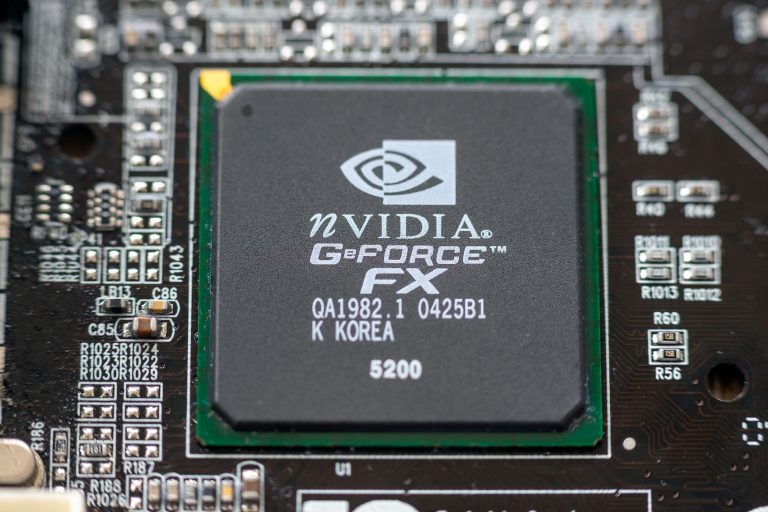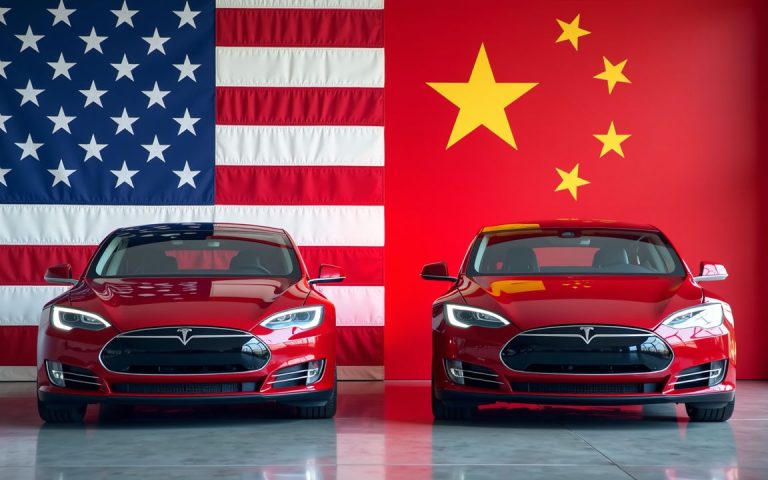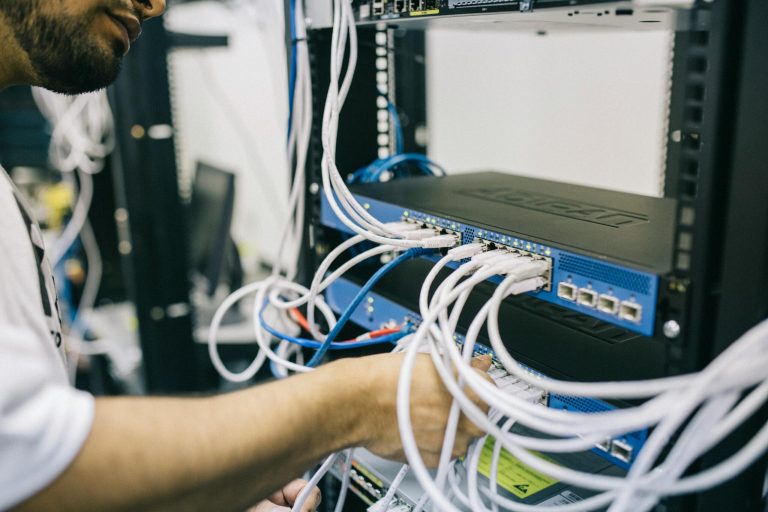Nvidia shares rose Friday, recovering some ground after a sharp selloff in the previous session, as market volatility around tariffs remained the primary catalyst for the chipmaker’s stock.
Shares gained 2.5% to trade at $110.26 on Friday, after falling 5.9% on Thursday.
Broader markets, on the other hand, declined in early trade, with the Dow Jones Industrial Average down 241 points, or 0.6%.
The S&P 500 slipped 0.4%, while the Nasdaq Composite dipped 0.2%.
Nvidia had surged 19% on Wednesday following President Trump’s announcement of a 90-day delay on most reciprocal tariffs.
However, the stock reversed course as investors reacted to a sharp escalation in trade tensions between the US and China.
According to the White House, total tariffs imposed on Chinese imports during Trump’s second term now stand at 145%.
On Friday, China raised tariffs on US goods to 125% but indicated it would not mirror further increases.
Citi cuts NVIDIA stock target price
Citi has lowered its price target on the Nvidia stock to $150 from $163, citing a projected slowdown in graphic processing unit (GPU) sales.
Despite the cut, the bank maintained a buy rating on the stock, with the new target still implying a 39% upside from recent levels.
The revision reflects Citi’s reduced expectations for GPU demand in 2025 and 2026, with sales forecasts trimmed by 3% and 5%, respectively.
Analyst Atif Malik attributed the change to anticipated spending cuts by hyperscalers, including Microsoft, which is reportedly scaling back on data center investments.
“Our revised outlook is based on our expectations that MSFT’s FY26 capex will likely contract, instead of grow,” Malik said.
Trade tensions were also cited as a headwind. Malik warned that Nvidia’s margins could be “moderately impacted by tariffs” and that enterprise investments may stall due to heightened global uncertainty.
However, he noted that Nvidia could benefit from the USMCA exemption.
Nvidia shares have declined nearly 20% so far in 2025 amid a broader tech selloff.
The S&P 500 technology sector has dropped more than 17% year to date, pressured in part by President Donald Trump’s tariff measures and fears of a potential recession.
Wall Street analysts are largely bullish on NVIDIA
Earlier in the week, Wall Street analysts maintained their bullish stance on the AI darling.
Analyst Joseph Moore reiterated Nvidia as a top semiconductor pick, maintaining an overweight rating and a $162 price target.
In a note to clients on Thursday, Moore said the direct impact of tariffs on Nvidia is likely to be limited in the near term, citing strong demand and existing mitigation measures.
“Our view is that the microeconomic impacts for NVIDIA are fairly minimal, particularly because near-term demand remains strong and is already being mitigated,” he wrote.
However, Moore cautioned that broader macroeconomic risks could weigh on the stock, particularly through reduced investment financing.
Bernstein analysts on Monday reiterated an Outperform rating on NVIDIA Corporation with a price target of $185.00.
The analysts noted that while semiconductors have been largely excluded from the scope of recent reciprocal tariffs, NVIDIA’s hardware products would typically fall under the affected categories.
However, due to provisions in the US-Mexico-Canada Agreement (USMCA), goods manufactured in Mexico are exempt from the new tariffs imposed by the Trump administration.
The post NVIDIA stock rebounds 2.5% on Friday as analysts remain bullish appeared first on Invezz








